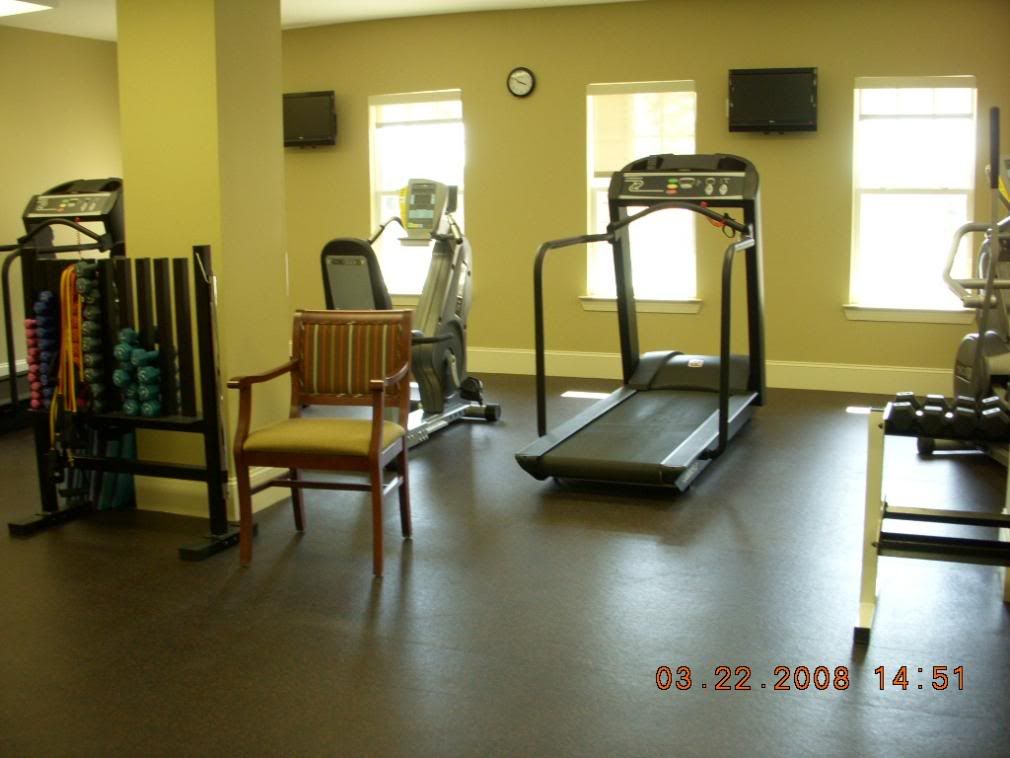Long term lifetime health has many factors. Recent research has even identified that a one time
traumatic event can have long lasting affects (
Dorn et al). The mental affect is rather obvious since
trauma increases stress. Stress then results in a whole mired of other problems such as high blood pressure and heart
disease. The lesson here is not to avoid
traumatic events (although I do
recommend trying), the lesson is to take time to reflect and reduce stress. Quickly accepting and
overcoming problems with decrease long term affects.
References:
A cohort study of the long-term impact of a fire disaster on the physical and mental health of adolescents.
Dorn T,
Yzermans JC,
Spreeuwenberg PM,
Schilder A,
Zee JV.Netherlands Institute for Health Services Research (
NIVEL), Utrecht, The Netherlands.


 ng.
ng.